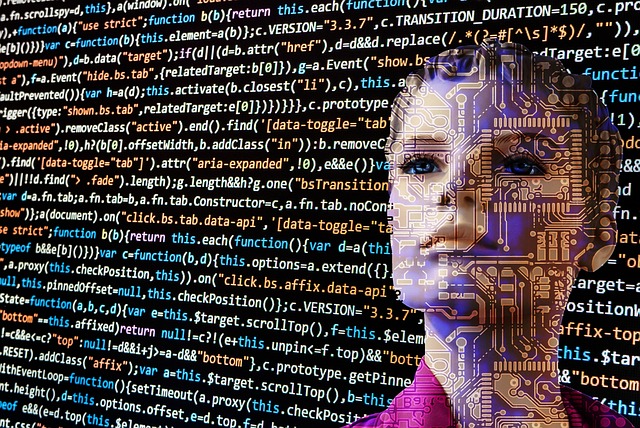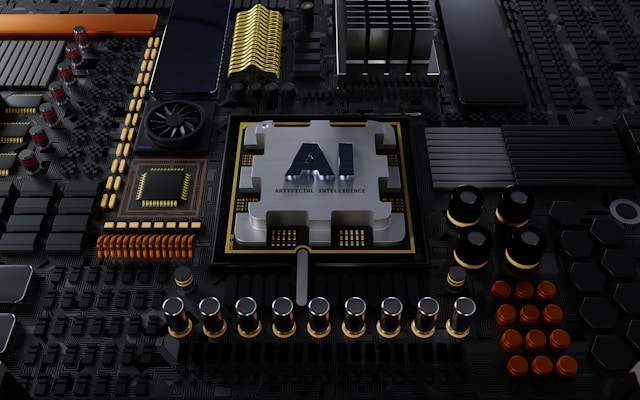Artificial intelligence (AI) is being discussed in the news more and more every day. In fact, it seems as though practically every industry is using AI in one way or another. AI capabilities can vary a lot. In general, all AI falls into one of three categories: narrow, general or super. Understanding the differences and the limitations of different types of AI can help businesses decide what technologies may benefit them the most.
Narrow AI is capable of very basic tasks
Tools that utilize narrow AI, or artificial narrow intelligence, are useful for executing very specific and basic commands and tasks. Recognizing specific images or voice commands are examples of narrow AI. This is useful for businesses because it is used for virtual assistant or customer service tasks with clear guidelines.
General AI can learn and build a knowledge base
General AI, or artificial general intelligence, still has a long way to go. The idea is that general AI is capable of learning and mimicking tasks and thought processes in a way that is comparable to a real live person. A lifelike robot would utilize AI general intelligence principals.
ChatGPT is an example of a technology that utilizes this level of AI. While ChatGPT helps to summarize information and research, it is still more prone to mistakes than developers would like. However, ChatGPT is improving because it is capable of learning from errors – thus, the more it is used, the more accurate it will be.
Super AI is currently beyond our reach
Super AI, or artificial super intelligence, is the stuff of dreams at the moment, but there are experts working toward the end goal of creating AI with the capability to achieve or surpass the capabilities of even the most intelligent human beings.
The initial goals are to achieve human-level intelligence, but with the ability to complete tasks faster and with less errors than a human being. For a business, this could reduce mistakes and waste significantly and help to keep costs lower over time.

AI can streamline processes and encourage innovation
There are a lot of tasks that are simple but take a lot of time to do. AI is able to do basic tasks so that humans are free to take care of tasks that require more complex thought processes and innovative approaches. In fact, when people are free from the more basic and mundane tasks, they have time for more innovation and creativity.
Some companies are using AI to take care of customer service-related tasks so that they can serve their customers more efficiently and reduce wait times. A great example is Amazon. In the past, customers would have to wait for a customer service representative to chat with them or talk on the phone. Now, AI is used to address a variety of issues that do not need a real live person. This can range from tracking packages to reporting missing items or helping with a return. Even some refunds can be processed using AI.
Software developers such as Martin van Blerk help companies find ways to use the latest AI technology, customer service management software and more to achieve their businesses goals and foster great relationships with customers and collaborators.
AI enhances creativity
The use of AI can help creatives and designers to develop and conceptualize their visions. Creating graphics and artwork with AI, for example, may be helpful for graphic designers, writers and more. Of course, the average person may find that they benefit from creating artwork based on ideas and thoughts. Simple keywords and ideas can be visualized in just a few minutes with some very basic AI programs.
A business can use AI to create marketing campaigns, logos and more. AI can also help employees share ideas and collaborate on projects.
AI helps people communicate and interact
Miscommunication is a major problem at companies. AI can help employees improve their writing so that emails and communications are clear, concise and have all the information necessary for everyone to be on the same page when working on a project.
Increased productivity
While a lot of people are still intimidated by AI and are concerned that it will take away jobs, the truth is that AI can help workers be more productive. This can mean that a company can get more done with the same number of employees. Over time, this could mean that each employee is creating more revenue, thus encouraging higher pay and benefits overall.
AI is here to stay and will improve
AI is here to stay and will just get better over time. Businesses that learn how to utilize AI to increase productivity and worker satisfaction will thrive in the years to come. Now is a great time to consider what AI can do for your business.












Leave a Reply